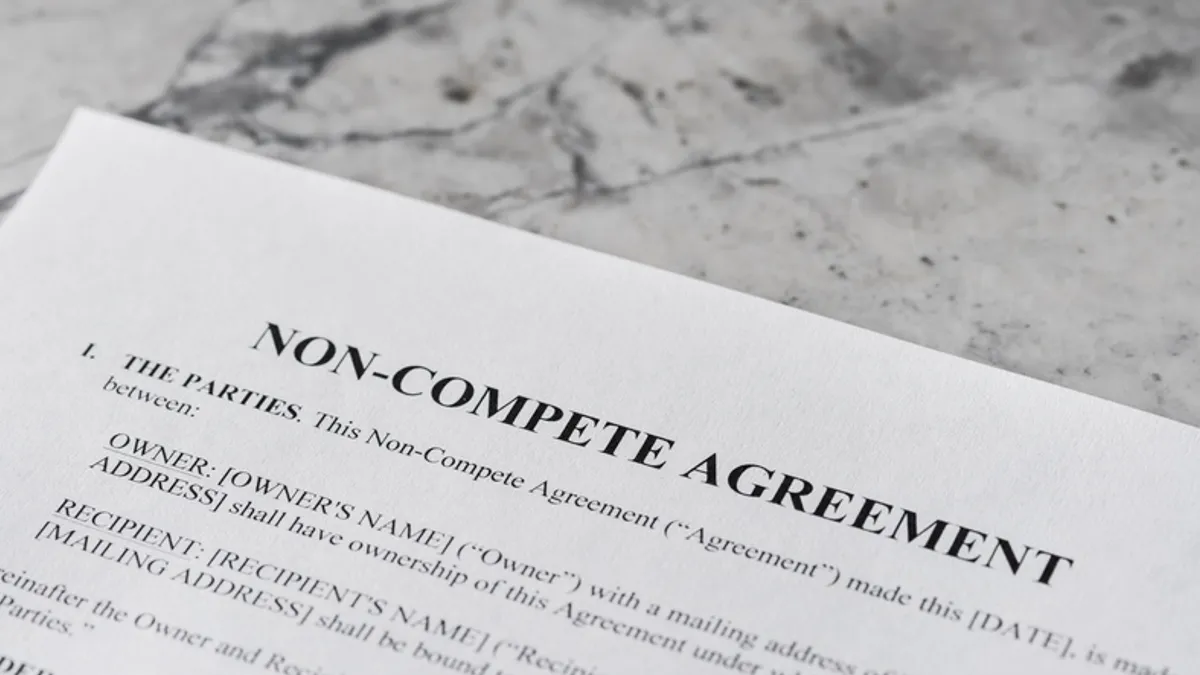Pamela Salling is managing director at Major, Lindsey & Africa. Views are the author’s own.
AI is transforming how legal departments operate. From contract review to discovery, legal teams are finding that AI can save time and money while providing insights that were not previously possible. However, effectively implementing AI requires more than just plugging in the latest software. Legal departments need strategies to ensure AI is integrated in responsible ways.
Streamlining workflows
The key to successful AI adoption is understanding how legal teams spend their time. For example, an international law firm seeking to implement AI conducted over 100 interviews of paralegals, attorneys and other legal staff. They then analyzed the findings, allowing them to map out department workflows and identify numerous repetitive processes ripe for automation.
Clients are moving beyond asking law firms about their use of AI to demanding its use as part of the engagement process. These include using AI for document proofreading, formatting briefs, filling out timesheets and assigning client requests to appropriate lawyers. Automating these mundane activities gave legal staff at the firm more time for substantive work, increasing productivity.
High-volume basics
When first implementing AI, it's best to focus on repetitive tasks over complex work. Generative AI shows early promise for automating drafting of contracts and patents. However, it's wise to start with high-volume agreements like NDAs, vendor contracts and basic employment offers.

The department should prove the effectiveness of the tech by successfully and consistently drafting routine documents before assessing whether AI is ready to handle the first cut on complex merger and acquisition agreements. This approach does not just help the tech — it helps the team, as it allows them to become increasingly comfortable using AI capabilities from the ground up.
The legal leadership at a multinational, Fortune 500 company, which has more than 90% AI adoption across its workflows today, took the initiative to assess department workflows, train staff on AI capabilities and focus first on automating high-volume tasks before tackling more complex ones. By doing this, the legal leaders were able to maximize benefits while minimizing risks.
Within a year, the legal department was leading every department in the company with its AI adoption/use rates — an amazing feat for any legal department let alone a tech savvy biotech/pharma company. AI was drafting basic contracts, automating meeting summaries and beautifying documents — saving legal staff more than 200 hours per month of administrative work.
Responsible development
As AI capabilities advance, legal teams must ensure solutions are unbiased, transparent and auditable. For example, the legal department of a multinational Fortune 200 company documented all data sets and processes used to train the AI system (that sits within the company’s environment). They also continuously measured AI accuracy, evaluated datasets for representativeness, monitored for unfair outcomes and created (and implemented) a very aggressive single day retention policy.
These rigorous model governance practices were crucial for building trust in AI systems and spotting issues early on. They also facilitated accountability if any problems did emerge by clearly showing how the AI was developed and deployed.
Bottom line
AI holds tremendous promise for augmenting legal work. However, realizing its full potential requires legal teams to go beyond basic automation. With responsible implementation guided by comprehensive AI strategies, legal departments can transform how they operate for the better while avoiding pitfalls.










